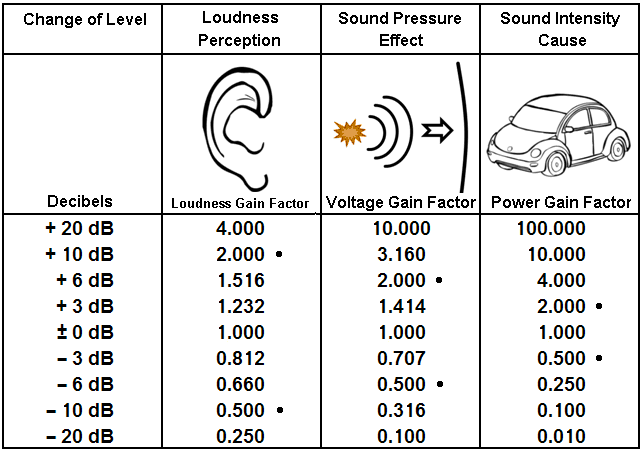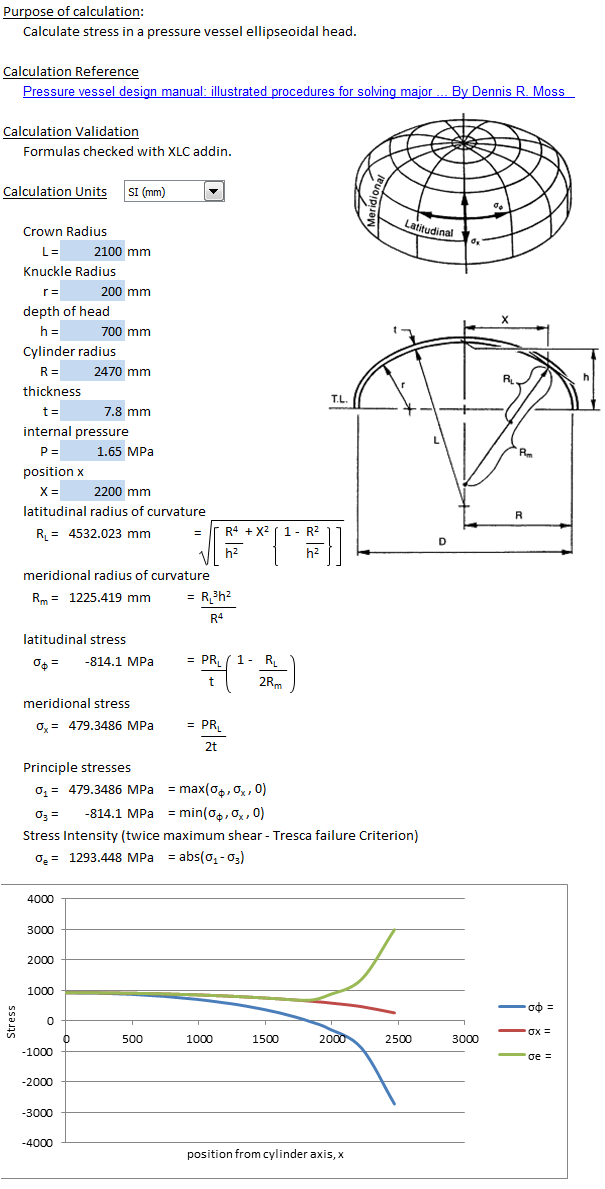

With everything tied together by the ideal gas law, one variable can always be described as dependent on the other two. You can use pressure drop in pipe calculator for pressure drop and flow rate calculation for all Newtonian fluids (gases and liquids) with constant density (incompressible flow) in closed, round or rectangular duct. There are exceptions however, such as water's density increasing between 0☌ and 4☌.īelow is a table of units in which density is commonly expressed, as well as the densities of some common materials. A system can be described by three thermodynamic variables pressure, volume, and temperature. Yes, we could call the previous volume 'V2', and designate the present volume and pressure as 'V1' and 'P1', but the important thing is to 'pair up' the variables correctly. Increases in temperature tend to decrease density since the volume will generally increase. liters As for using the calculator: We are asked to find the previous volume, so we click on the 'V1' button. An increase in pressure decreases volume, and always increases density. However, when regarding gases, density is largely affected by temperature and pressure. In the case of solids and liquids, the change in density is typically low.

Note that density is also affected by pressure and temperature. It is useful to carefully write out whatever values are being worked with, including units, and perform dimensional analysis to ensure that the final result has units of mass There are many different ways to express density, and not using or converting into the proper units will result in an incorrect value. However, it is important to pay special attention to the units used for density calculations. Now that you know the liquid height in centimetres you can calculate the volume of liquid by multiplying it by the area of the base, 110.47cm x 1500cm x 250cm = 4142.6L.The calculation of density is quite straightforward. A density of 1200 kg/m³ converts to a specific gravity (SG) of 1.2, and a liquid column of 100 mbar with an SG = 1, will have a height of 110.47cm. The first step is to convert the density to specific gravity, and the pressure to a height dimension. Example CalculationĬonverting a measured pressure of 130 mbar from a mixture of glycerol/water with a density of 1200 kg/m³ in a rectangular tank with base dimensions of 150cm x 250 cm to a volume in Litres.

In the case of a horizontal cylinder tank the other dimensions will change as the tank fills up, but they can be determined using trigonometry.įor irregular shaped tanks it is a little more complicated, and it is necessary to estimate the dimensions by extrapolation, or divide the tank into segments which are easier to profile.

Pressure measurement devices are used to measure level, because there is a linear relationship between liquid height and pressure. Once the liquid height is known, you can calculate the volume by including the other dimensions of the tank/vessel.įor many liquid storage applications the only dimension to be concerned about is the changing height of the liquid, since the other dimensions are fixed or can be determined mathematically such as in the case of a rectangular tank or a vertical cylinder tank. You can measure the height of a liquid using a level sensor, which can be based on various technology types such as float, capacitive, inductive, ultrasonic, radar, pressure, etc… It is not possible to measure the volume directly, and unfortunately there is no such device as a volume sensor, however if you know the dimensions of the space filled with liquid, you can easily determine the volume.


 0 kommentar(er)
0 kommentar(er)
